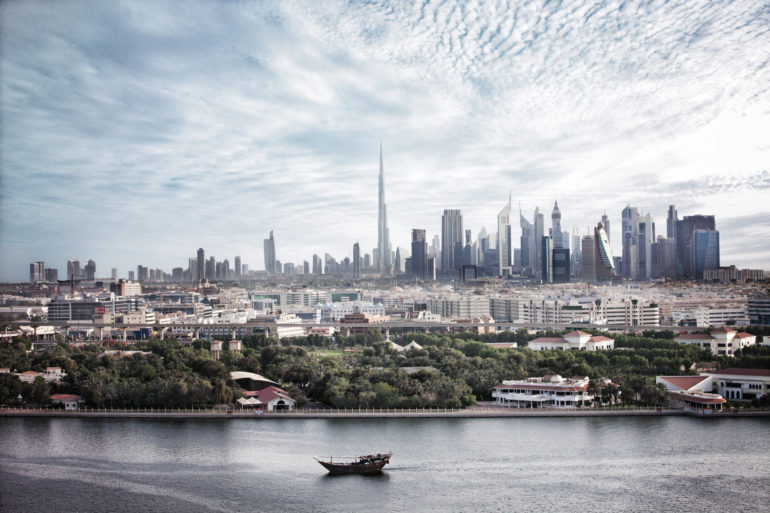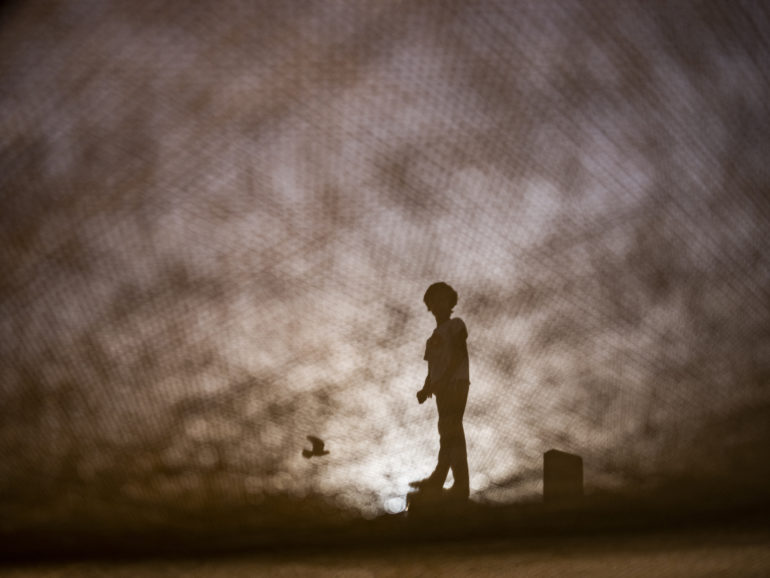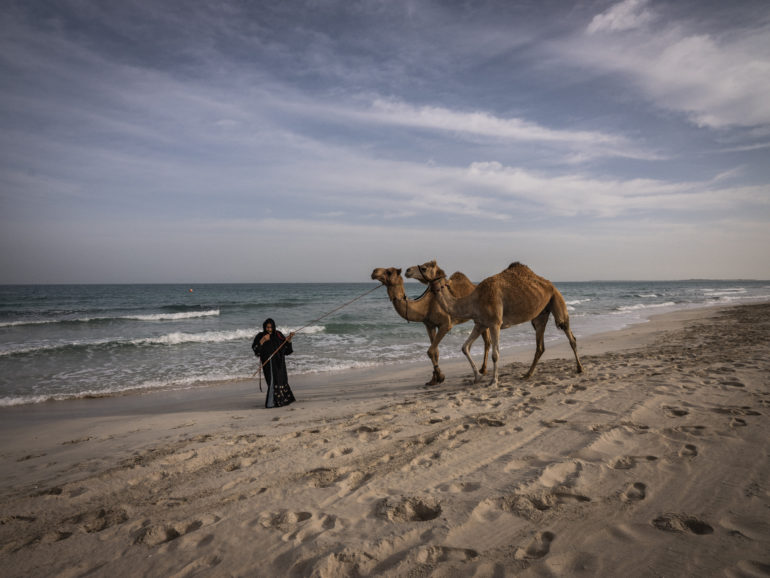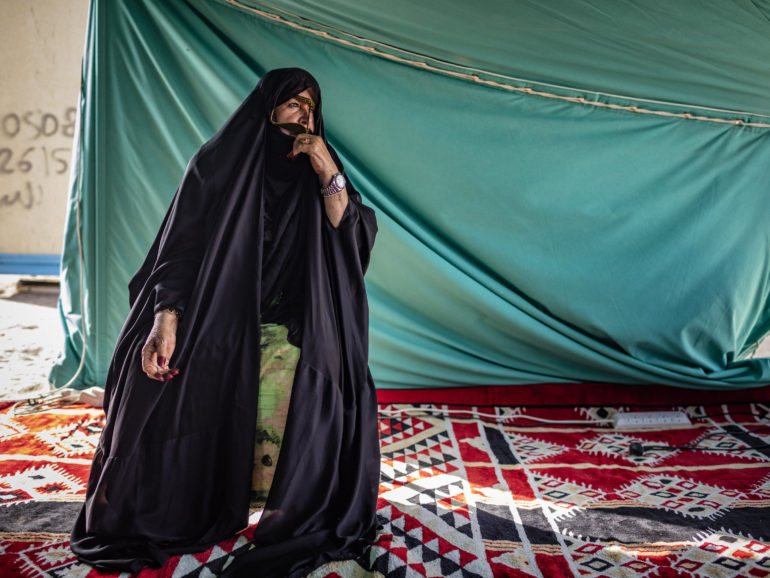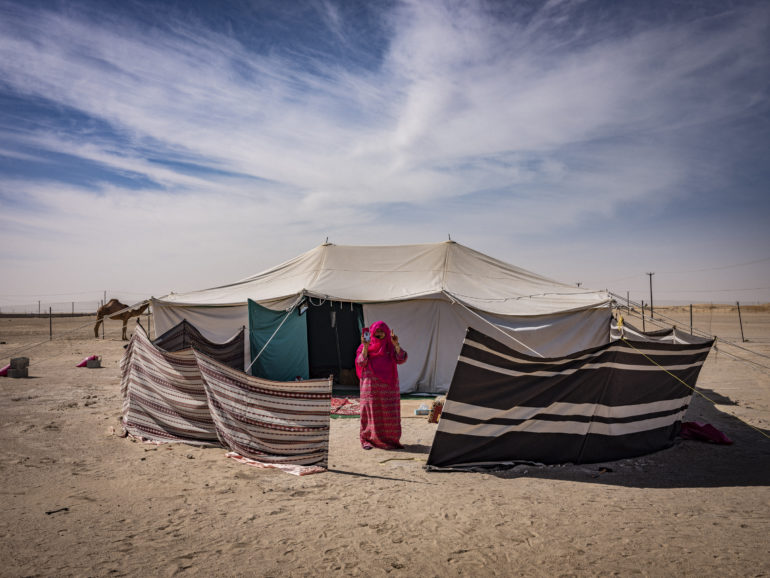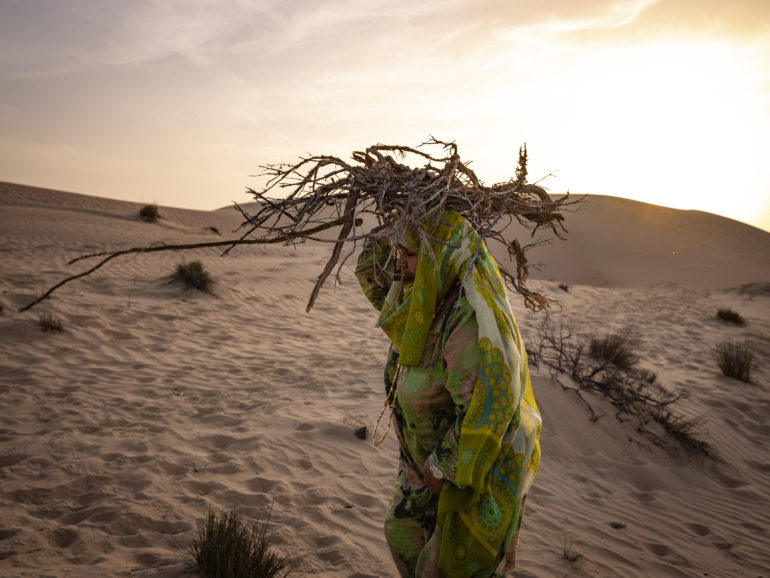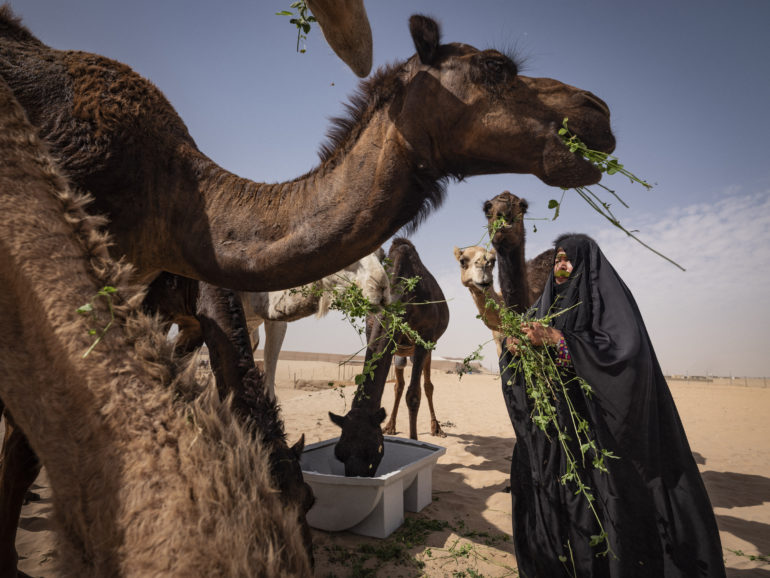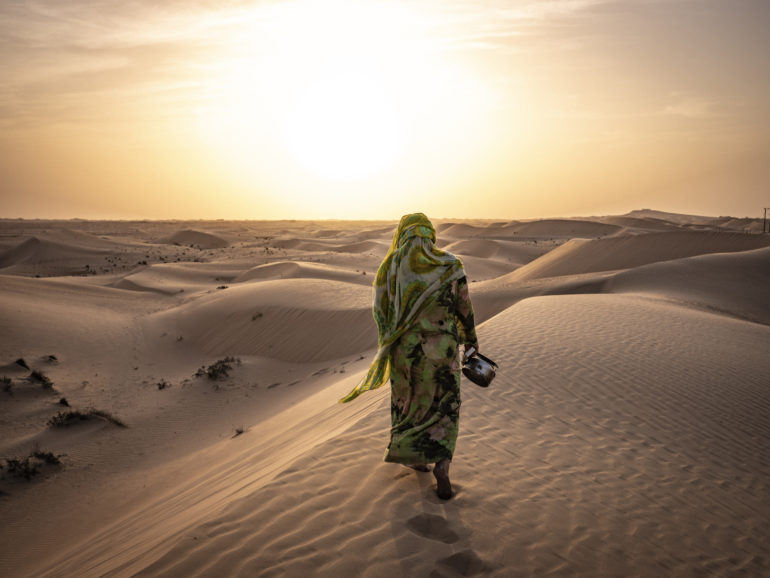All images by Katarina Premfors. Used with permission.
My name is Katarina Premfors, I am Dubai based freelance photographer covering the Middle East since 1992. Born in Sweden, raised between Pakistan, Turkey and North America before I moved to Dubai in 1992. I work across a multitude of editorial and commercial genres and have delivered multi-national campaigns for a broad spectrum of world-leading private and public sector enterprises. My clients include global advertising and branding agencies, major corporations and the governments of the United Arab Emirates, Oman, Jordan, Yemen and Afghanistan. My work has been published in The New York Times, Fast Company, The Guardian, Forbes, Wall Street Journal, Greenpeace etc.I exhibit personal and editorial work and love mentoring young photographers. I am a Fujifilm X Ambassador and a member of the global group Women Photograph whose mission is to shift the gender makeup of the photojournalism community and ensure that our industry’s chief storytellers are as diverse as the communities they hope to represent.
I shoot with Fuji GFXs now, but I also have old Hasselblad’s, Converted Canons to Infrared, Leicas, Speed Graphic and Aero Ektar Lens (Burnett Combo) and lots of others and really should look at selling some of these many cameras. I love shooting and an am very passionate about the craft, from ethics to fine art printing to connecting with people. I got into photography at age 12 when I moved to Islamabad, Pakistan with my brother for a year. There at the gun markets in Rawalpindi, seeing K2 from the Himalayas, horseback riding in the foothills I decided that I needed to show in pictures what I was seeing. Words weren’t enough.
I arrived in Dubai, UAE on my 18th birthday. Totally broke. I managed to convince a local newspaper I could shoot. Back then Dubai was different, not so creative. There were no resources for looking at photography books or any cultural institutions where I could connect with like-minded people. I also felt quite like an outsider, so I did my thing. Eventually, after a few years of presswork and some strange assignments, I managed to find a photographer that I could learn from. I spent four years working shooting architecture, interiors, and advertising work, and learning to light. It was invaluable. We did one insane architecture trip around the world for six months and that’s when I learned I could also produce and be organized. After that I combined my love of travel, meeting people, and knowing the region and I worked for NGOs. I headed into Afghanistan on an Ariana Flight (or Scariana as my family called them) and got an assignment for UNICEF, traveling all over the country over a six-month period. I managed a project supplying school kids with disposable cameras in Kabul and then with the Afghan Government ‘Back to School Campaign” I edited, printed, shipped, and installed the images at the UNICEF HQ. It was later exhibited with the Government. In the last 15 years, I have also been doing lots of branding and advertising work in the region. Normally a long commercial project where I get to shoot a bit of lifestyle, architecture, documentary for brands image libraries. It’s varied work and supplements my editorial income. Just before the pandemic I was doing an industrial shoot in Saudi Arabia and working on an architectural book.
I am definitely more of a documenter. I love observing. I did one job recently called Fatima, “The Camel Whisperer” about a woman who is the first female camel breeder in the UAE. I spent many weeks in her company and going with her into the desert, sleeping in her camp, drinking countless coffees. We are now friends and I feel privileged I was/am a part of her life. The job was for M&C Saatchi ME and the fact that they had total trust in me finding these stories and letting me run with it is amazing and empowering. When I do my editorial assignments it’s the same. Nothing is set up, contrived, interfered with.
For commercial photography, I always make sure I have all the tools i.e. the information to do the job. So, I make sure I know about the clients’ expectations and I manage those expectations. I work with a team (usually) and I work very closely with producer and client. I like being involved from the start. Coming up with ideas is part of the job I really like. For photojournalism, I tend to work alone, and it is a lot more personal and in-depth. I research, I lose sleep, I worry, and the edits are much harder and much more tightly as each picture needs to tell a story singularly or as part of a series. I enjoy writing the captions as well. It’s a bit like I enter another dimension and another persona. With commercial photography, I am very sure of what I am doing, and the end result is clear, on the flip side with photojournalism I am never quite sure of the outcome and I question everything. I think the way I shoot for my photojournalism is real and that is what commercial clients believe they need (at the moment anyway) so when we shoot commercial images we set up scenarios and give models stories and give them time to ‘live’ in that world and then when they are unaware and act real I photograph them. Interestingly my architecture photography however has remained a constant style and it has not been affected either way. Usually, it’s just me alone on a rooftop watching the light change. I always have lots going on. In my head, on my computer, on my walls, in my camera, unedited projects, undeveloped film, discussing new projects.
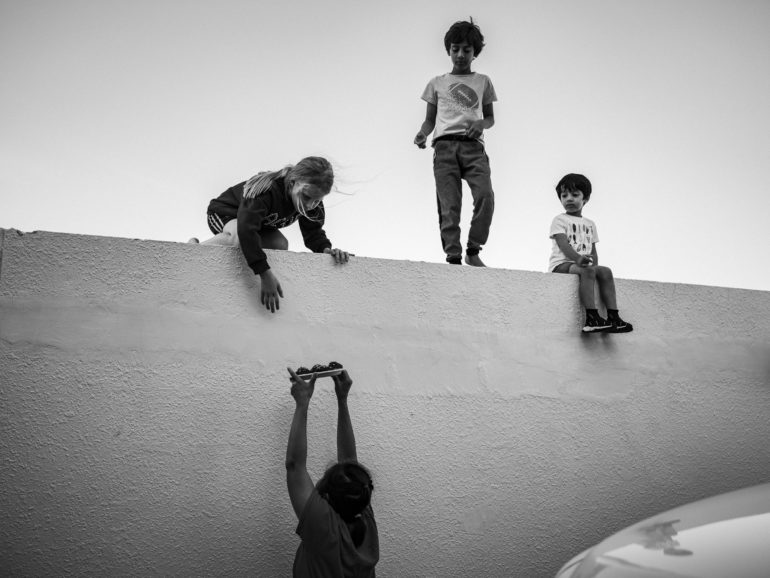
CREDIT: Katarina Premfors
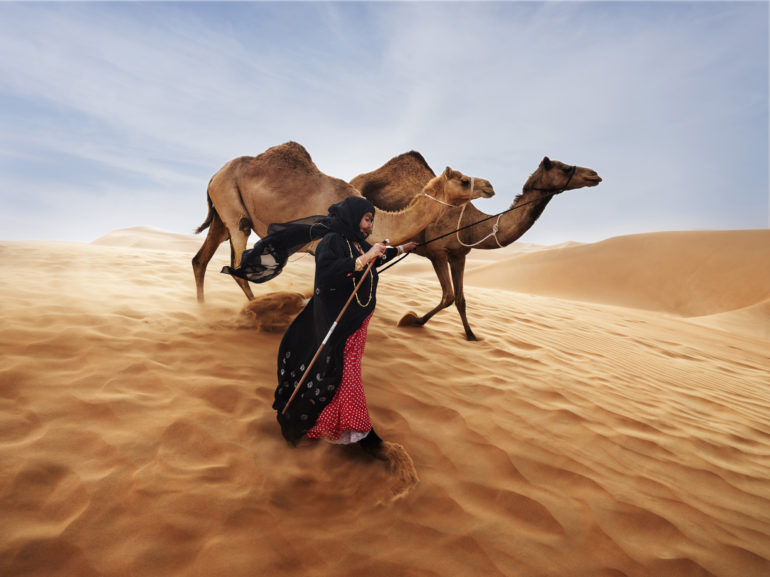
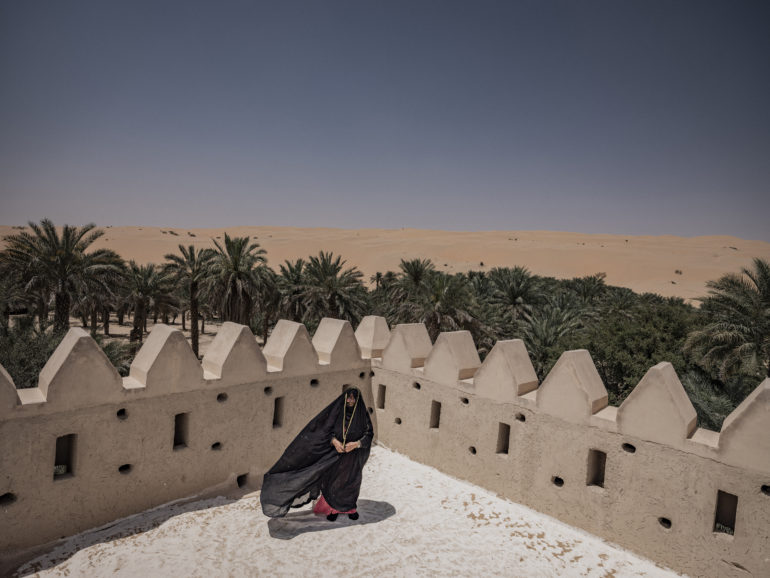
Since the pandemic, I have been working on a personal project: The Wall Between Us. This is the chronological story of the wall that divides our house from our neighbor’s. Walls are built to separate. They keep us safe from intrusion, protect our privacy from peering eyes, mark a clear line between what belongs and what does not. As the pandemic rapidly changed the world outside our wall, we could feel the aftershocks within. In February, schools shut their doors for an early spring break, not to open again for the rest of the academic year. New words were added to our vocabularies almost daily: “Non-Essential Worker,” “Social Distancing,” and finally, “Lockdown.” Unable to step outside our walls for anything other than essential, permitted purposes, I turned my eye to what was around us. Walls are straight lines. They define things. But we have a special wall. Our wall was built to keep us apart but built new friendships. Our wall brought us freedom. Zayed, our neighbor’s son, would perch precariously on top, calling for my children to come out to play. Two meters apart and two meters high, our wall became the only playground our children would know for weeks. Our wall was a basketball court. Something to climb. A place where they traded toys and Eid holiday treats. And quickly a place where all of their time was spent while I would watch with wonder over their fascination. At the same time, we realized our walls didn’t divide a shared rooftop with our neighbors on the opposite side. Every week, like our children, we would climb a ladder to the top for sundowners and a laugh. Two meters apart and ten meters high, our neighbors were the only people we’d see socially for weeks. As Dubai re-opens and we settle into the “new normal,” the wall is still a central part of our lives. When the world feels like too much, I feel safe retreating behind its gates. We still don’t venture out much, we are cautious, but I find comfort in knowing that our wall echoes the sounds of laughter and joy throughout my garden.
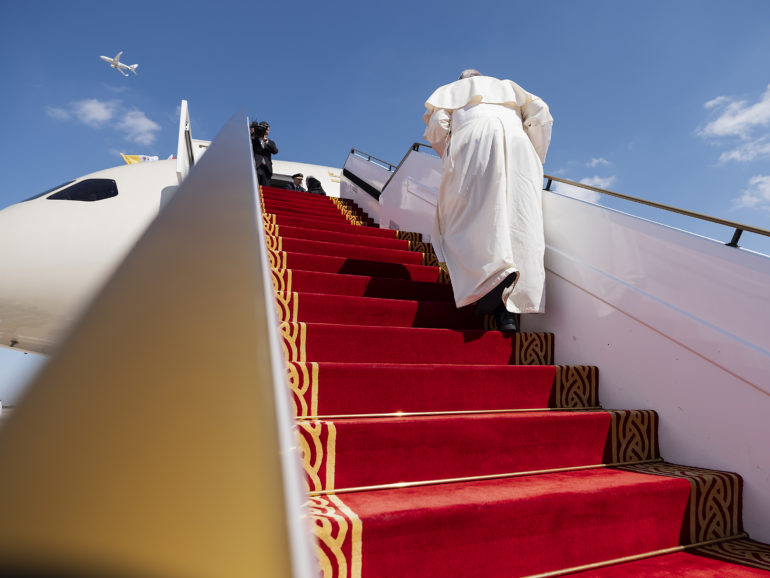
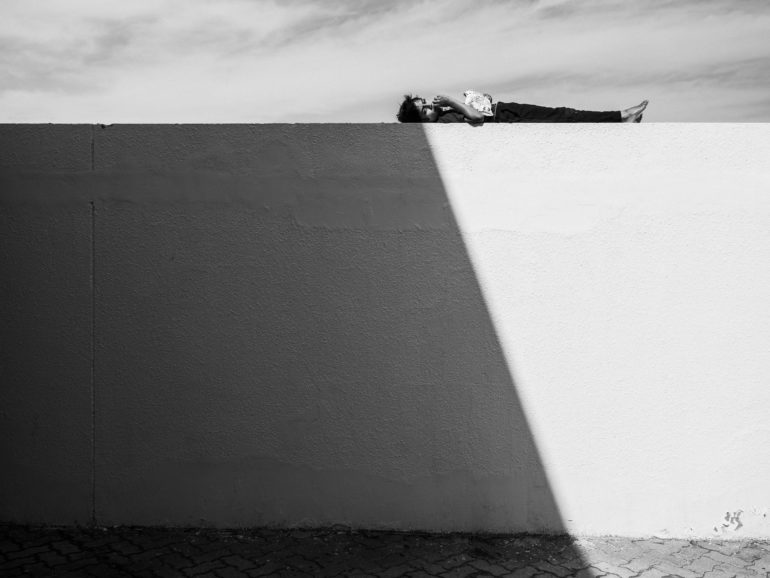
CREDIT: Katarina Premfors
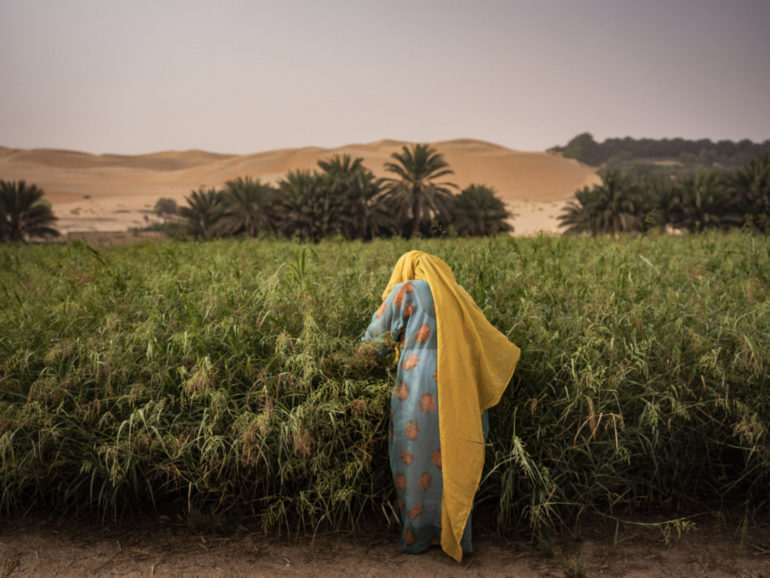
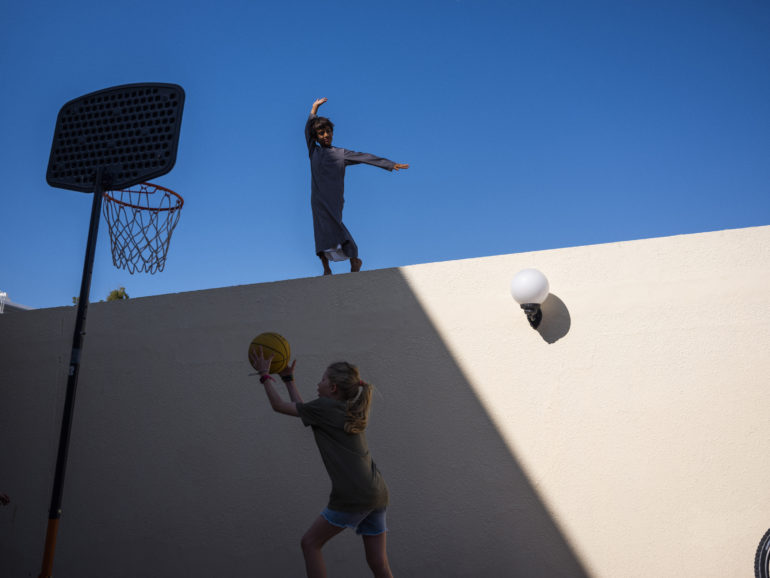
CREDIT: Katarina Premfors
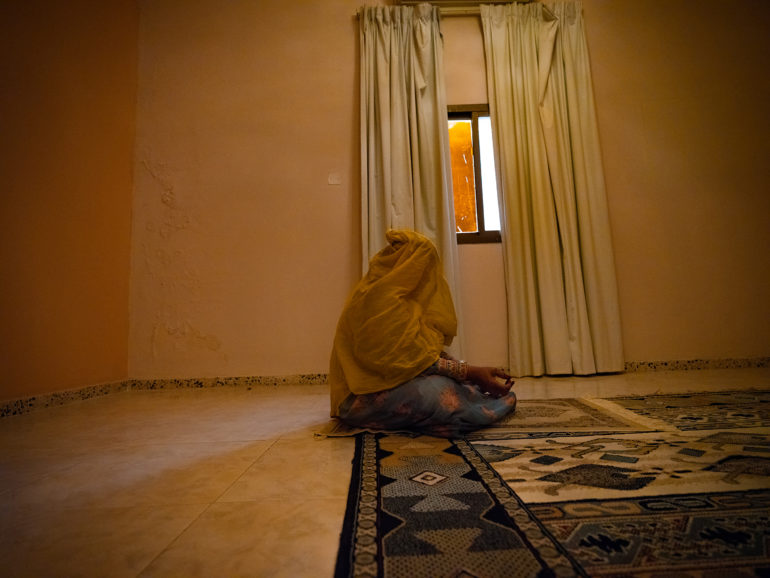
The Camel Whisperer
“One day in 2011, while Fatima Al Hameli sat at home watching TV, men were winning millions for their prized camels at the auctions in Liwa. A whip-smart Bedouin who had been raising camels since she and her father used to cross the desert from Liwa to Abu Dhabi over a 2-month milk and date fueled journey, Fatima saw an opportunity. She got dressed and sneaked out of the house without her sons seeing her and straight to the registration desk. The people there were aghast — this was a man’s place, and what could this old woman possibly have to do with camels? In another time, she imagines she could have been killed on sight, but because Sheikh Zayed paved the way for women’s equality in the UAE, she demanded to see the rule that said she could not be there. The manager asked if she was capable to bid, especially because she sounded so old over the phone. Not missing a beat, Fatima didn’t admit to being a day over 22.
Glittering portraits of Sheikh Zayed look up at her proudly from her wristwatch and phone case — gifts from some of her hundreds of thousands of fans on social media, who admire her for being an outlier. She wears a sheyla emblazoned with the UAE flag colors, something she says that she always wears when she’s abroad.
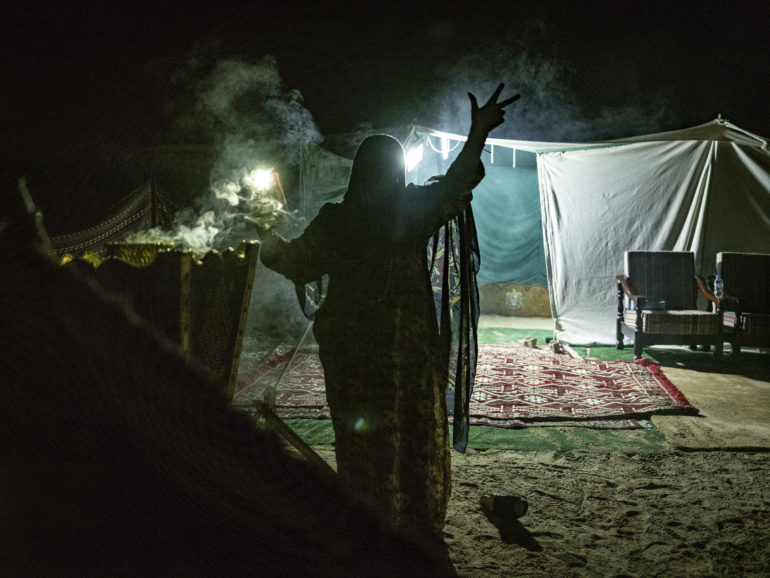
She didn’t go to the festival to win cars and money like the men she saw there – she wanted to represent her country as a woman. She put down 10,000AED as a guarantee, and won the first camel she bid on for twenty times that.
To Fatima, this made all of the business sense in the world. If she bought a winning racing camel, he could easily be sold for up to 10 million dirhams. Her son was shocked when he heard from a friend that his mother was on TV – not only a sensation for being a woman at the auctions but also for winning. He desperately tried to get her to answer her phone, but she was busy, standing proud in the media limelight for achieving what any man could.
Her neck and wrists dripping in diamonds and gold, she reaches into a wooden box to pull out of bottles of Oud decorated with her name in Arabic calligraphy — these are the things that keep her 15 years younger than her 55 year old younger sister she sits next to in her 10,000 AED tent just off the Al Ain road — a gift from a yet another social media fan in Kuwait. She stays in the desert because under the sand is where all of the good things are — water, oil, gas, metal. She detests shopping malls and spending too much time in the city. To be away from the sand is to be a fish out of water.
In Dhafrah, where the Camel Beauty Contest is held every year in December, you can find her there with the throngs of festival attendees from all over the GCC. They wave their flags and rev the engines of their 4x4s all the way down Millions St, ending up at the champion’s tent to congratulate him (and sometimes her) on the big win.
Fatima is someone who knows how to party. People from Saudi to Paris come to her camps – blazing music from oversized speakers with flashing LED lights, eating platters of freshly slaughtered goat over heaps of rice. Women come to dance with her until it is so late that it’s early. She doesn’t care what people think about her unconventional lifestyle — Bedouins are brave and generous, and she is unabashedly who she is. She makes sure her city dwelling children know their roots, forcing them to come to the desert, even though only one takes the family camel business seriously.
The same son, who has some fame as an oud player and singer, sits proudly next to his mother. He was worried when she first saw her on TV, knowing that tradition completely contradicts what his mother does. She seems to revel in the controversy, but only to punctuate a point — as long as Allah, her Sheikh, and her family are happy, so is she. And if the people question her unconventional, yet exceptionally traditional lifestyle — she knows that Sheikh Zayed would have had her back.”
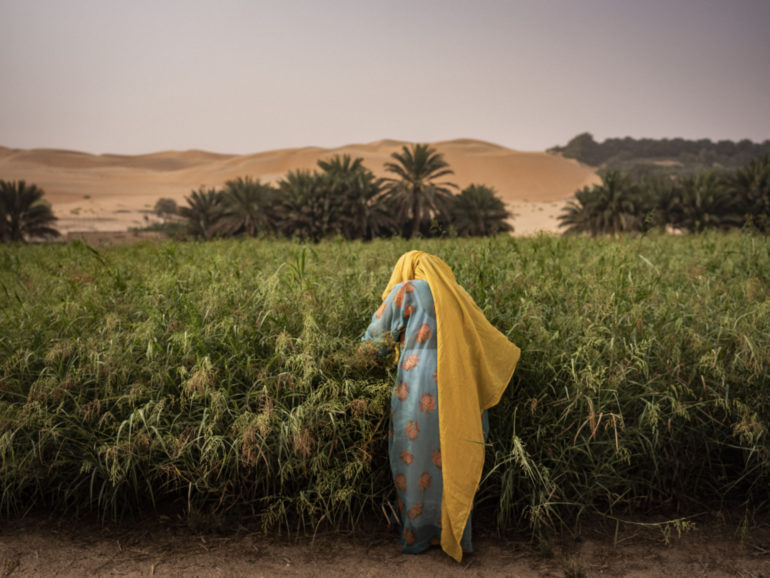
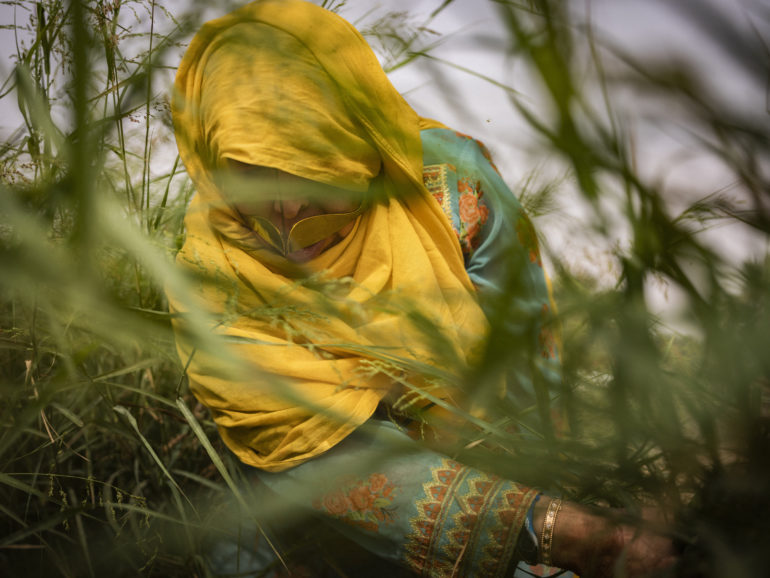
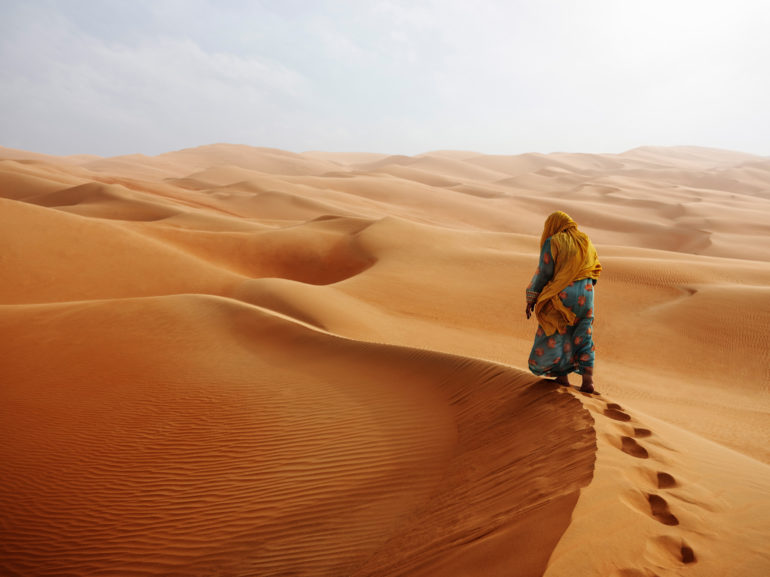
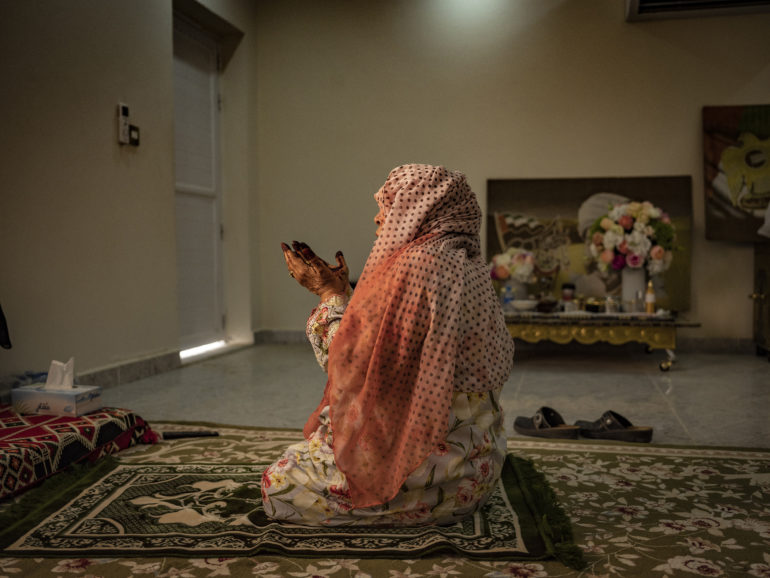
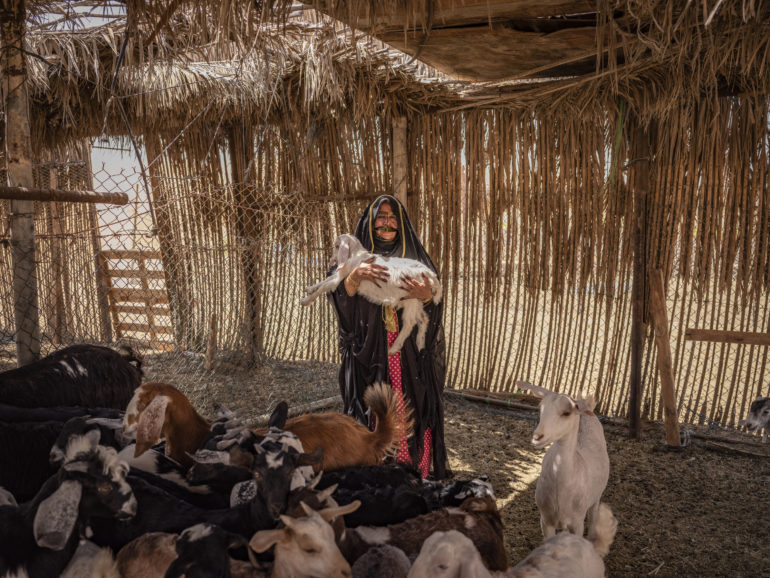
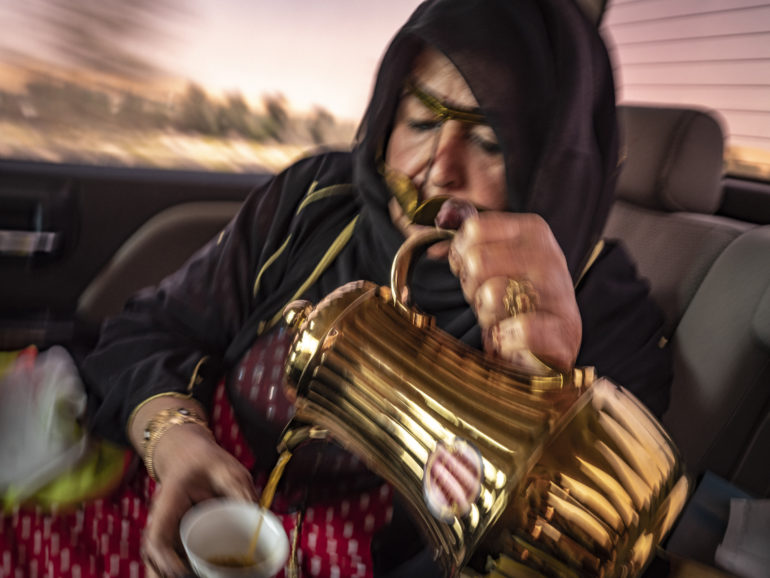
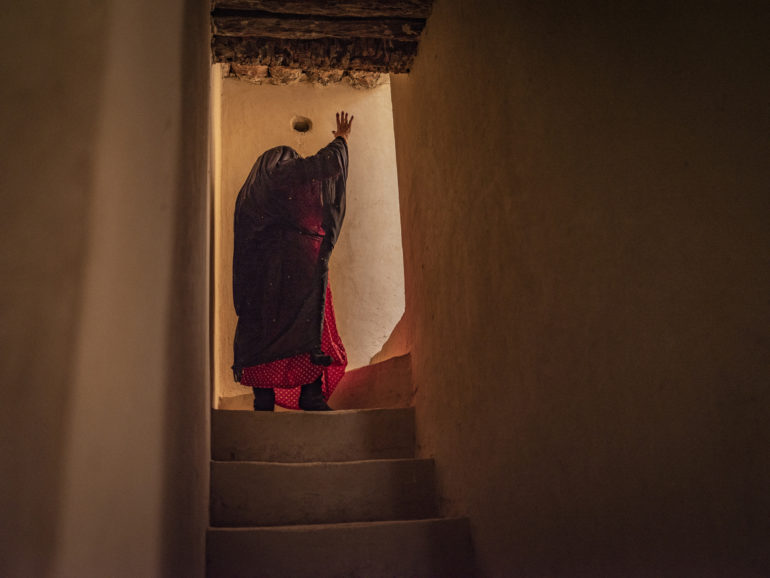
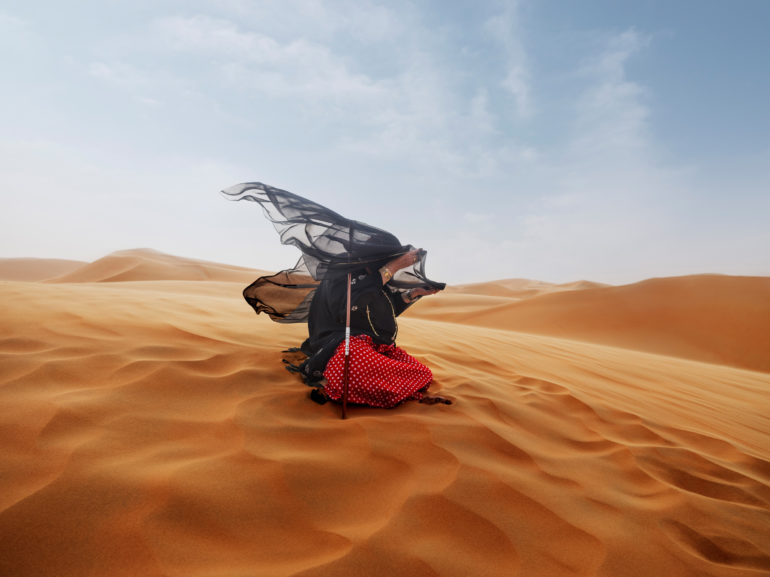
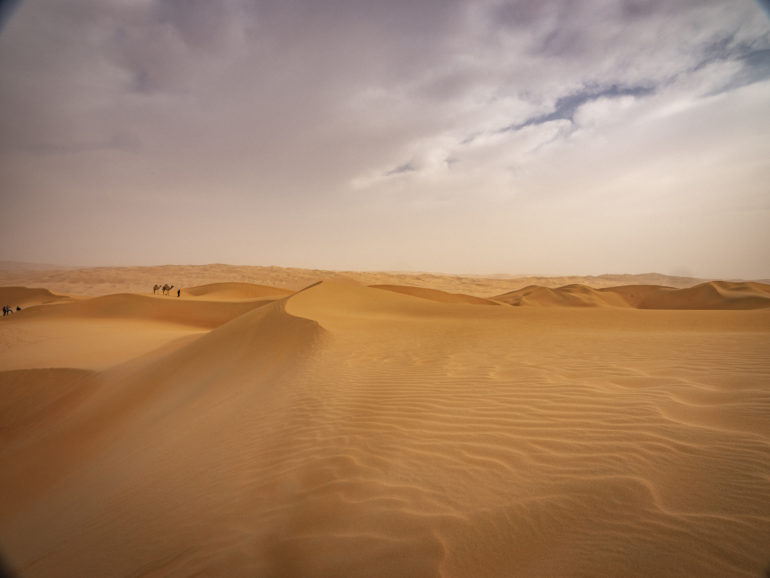
Check out the website for Katarina Premfors and Instagram @katarinapremfors
